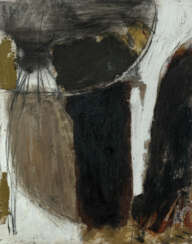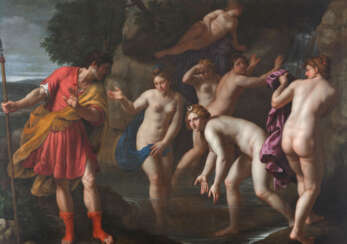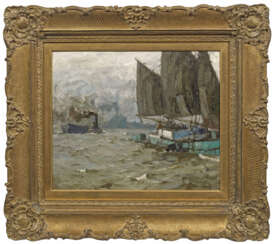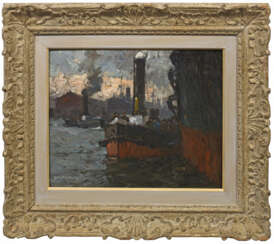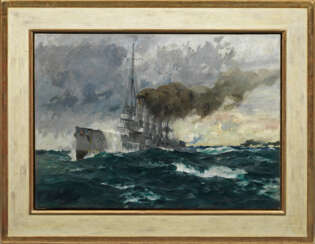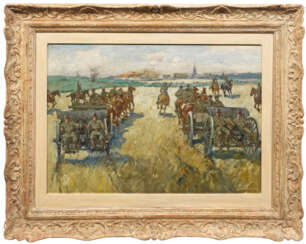oil and sand
.jpg)
Armando, born Herman Dirk van Dodeweerd, was a Dutch painter, sculptor, poet, writer, violinist, actor, journalist, film, television and theater maker. Armando was his official name; his birth name, the pseudonym as he called it, no longer existed for him. He himself saw his work as «Gesamtkunstwerk», based on his experiences from the Second World War in the vicinity of Kamp Amersfoort.
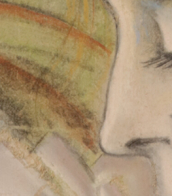
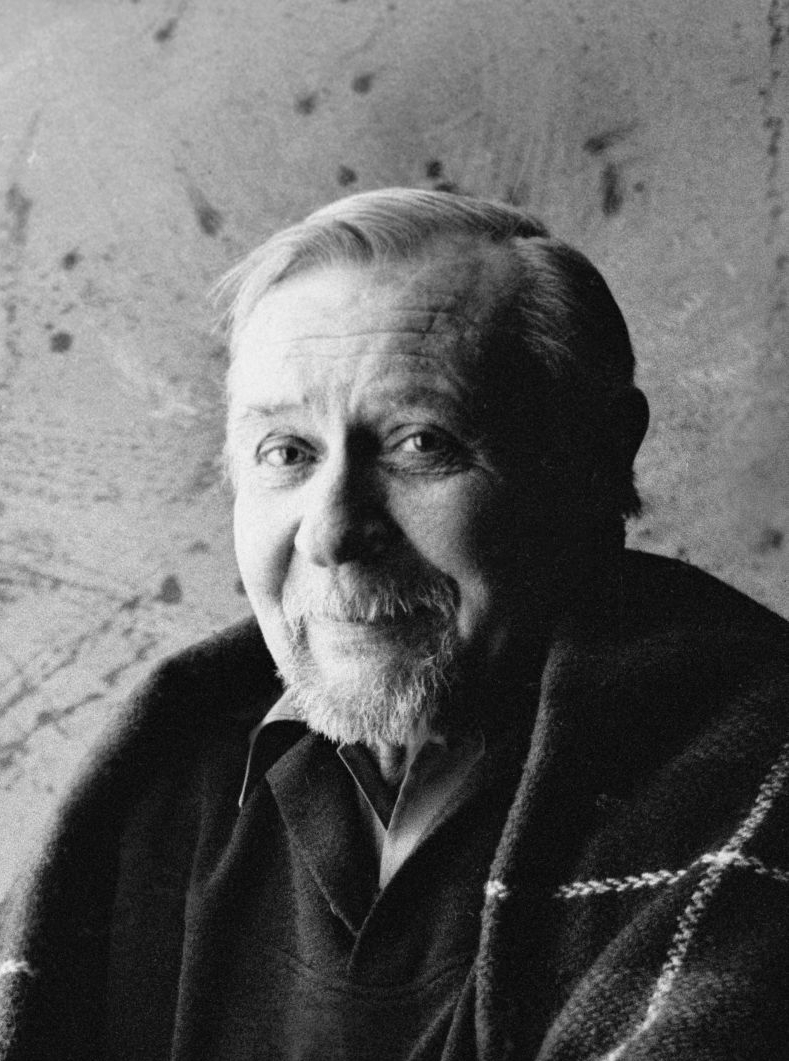
André-Aimé-René Masson was a French artist, celebrated for his profound influence on the world of modern art, particularly in painting and sculpture. Born in 1896, Masson's work is emblematic of the Surrealist movement, although his style evolved across different phases throughout his career. His ability to fuse dream-like imagery with abstract forms set him apart from his contemporaries, making him a pivotal figure in the development of Surrealism and beyond.
Masson's art is characterized by its dynamic forms and the integration of automatic drawing, where the unconscious mind is allowed to express itself without rational oversight. This technique not only foregrounded Surrealism's fascination with the subconscious but also highlighted Masson's unique ability to capture the complexity of human emotion and thought on canvas. His works, such as "The Metamorphosis of the Lovers" and "Battle of Fishes," are not just visual experiences but portals to the intricate layers of the psyche, showcasing his mastery over both form and content.
Notably, André-Aimé-René Masson's contributions extend beyond individual creativity; his works are housed in prestigious museums and galleries worldwide, including the Museum of Modern Art in New York and the Centre Georges Pompidou in Paris. These institutions recognize Masson's art not merely as aesthetic achievements but as cultural landmarks that continue to inspire and provoke. His legacy persists, offering rich insights into the intersections of art, psychology, and philosophy.
For collectors and experts in art and antiques, André-Aimé-René Masson's oeuvre represents a fascinating exploration of the Surrealist movement and its enduring impact on modern and contemporary art. His innovative approach to painting and sculpture invites ongoing discussion and appreciation among enthusiasts and scholars alike. We invite you to sign up for updates on new product sales and auction events related to André-Aimé-René Masson, ensuring you stay informed about opportunities to engage with the remarkable legacy of this pivotal artist. This subscription is your gateway to the forefront of art collection, focusing exclusively on Masson's influential body of work.


André-Aimé-René Masson was a French artist, celebrated for his profound influence on the world of modern art, particularly in painting and sculpture. Born in 1896, Masson's work is emblematic of the Surrealist movement, although his style evolved across different phases throughout his career. His ability to fuse dream-like imagery with abstract forms set him apart from his contemporaries, making him a pivotal figure in the development of Surrealism and beyond.
Masson's art is characterized by its dynamic forms and the integration of automatic drawing, where the unconscious mind is allowed to express itself without rational oversight. This technique not only foregrounded Surrealism's fascination with the subconscious but also highlighted Masson's unique ability to capture the complexity of human emotion and thought on canvas. His works, such as "The Metamorphosis of the Lovers" and "Battle of Fishes," are not just visual experiences but portals to the intricate layers of the psyche, showcasing his mastery over both form and content.
Notably, André-Aimé-René Masson's contributions extend beyond individual creativity; his works are housed in prestigious museums and galleries worldwide, including the Museum of Modern Art in New York and the Centre Georges Pompidou in Paris. These institutions recognize Masson's art not merely as aesthetic achievements but as cultural landmarks that continue to inspire and provoke. His legacy persists, offering rich insights into the intersections of art, psychology, and philosophy.
For collectors and experts in art and antiques, André-Aimé-René Masson's oeuvre represents a fascinating exploration of the Surrealist movement and its enduring impact on modern and contemporary art. His innovative approach to painting and sculpture invites ongoing discussion and appreciation among enthusiasts and scholars alike. We invite you to sign up for updates on new product sales and auction events related to André-Aimé-René Masson, ensuring you stay informed about opportunities to engage with the remarkable legacy of this pivotal artist. This subscription is your gateway to the forefront of art collection, focusing exclusively on Masson's influential body of work.


André-Aimé-René Masson was a French artist, celebrated for his profound influence on the world of modern art, particularly in painting and sculpture. Born in 1896, Masson's work is emblematic of the Surrealist movement, although his style evolved across different phases throughout his career. His ability to fuse dream-like imagery with abstract forms set him apart from his contemporaries, making him a pivotal figure in the development of Surrealism and beyond.
Masson's art is characterized by its dynamic forms and the integration of automatic drawing, where the unconscious mind is allowed to express itself without rational oversight. This technique not only foregrounded Surrealism's fascination with the subconscious but also highlighted Masson's unique ability to capture the complexity of human emotion and thought on canvas. His works, such as "The Metamorphosis of the Lovers" and "Battle of Fishes," are not just visual experiences but portals to the intricate layers of the psyche, showcasing his mastery over both form and content.
Notably, André-Aimé-René Masson's contributions extend beyond individual creativity; his works are housed in prestigious museums and galleries worldwide, including the Museum of Modern Art in New York and the Centre Georges Pompidou in Paris. These institutions recognize Masson's art not merely as aesthetic achievements but as cultural landmarks that continue to inspire and provoke. His legacy persists, offering rich insights into the intersections of art, psychology, and philosophy.
For collectors and experts in art and antiques, André-Aimé-René Masson's oeuvre represents a fascinating exploration of the Surrealist movement and its enduring impact on modern and contemporary art. His innovative approach to painting and sculpture invites ongoing discussion and appreciation among enthusiasts and scholars alike. We invite you to sign up for updates on new product sales and auction events related to André-Aimé-René Masson, ensuring you stay informed about opportunities to engage with the remarkable legacy of this pivotal artist. This subscription is your gateway to the forefront of art collection, focusing exclusively on Masson's influential body of work.

.jpg)
Armando, born Herman Dirk van Dodeweerd, was a Dutch painter, sculptor, poet, writer, violinist, actor, journalist, film, television and theater maker. Armando was his official name; his birth name, the pseudonym as he called it, no longer existed for him. He himself saw his work as «Gesamtkunstwerk», based on his experiences from the Second World War in the vicinity of Kamp Amersfoort.
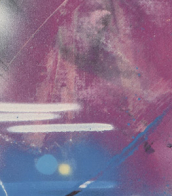
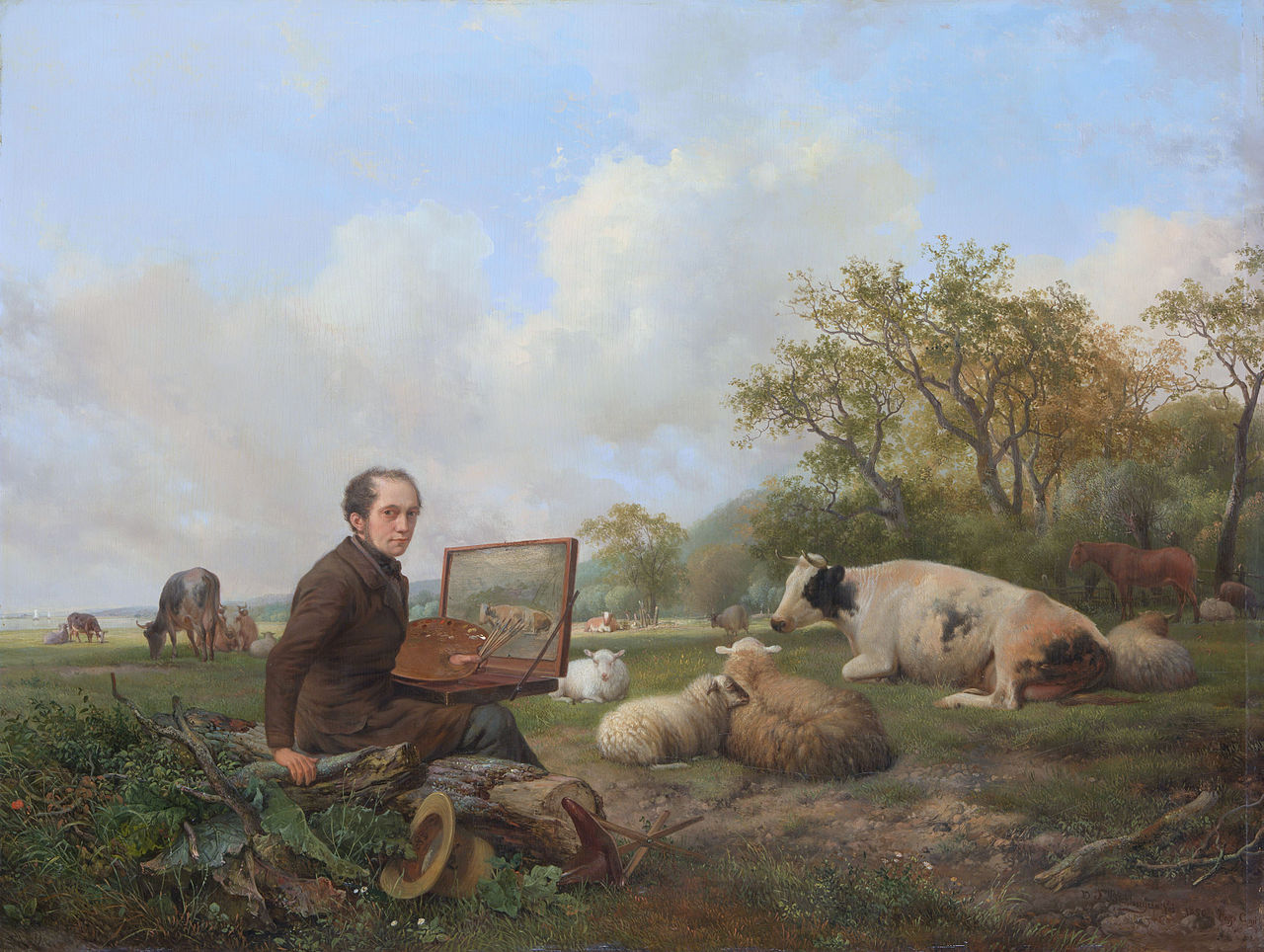
Hendrikus van de Sande Bakhuyzen was a Dutch landscape painter and teacher.
Bakhuyzen studied at The Hague Academy of Art. He is known for his romantic pastoral scenes, especially paintings of livestock, with detailed landscapes.
In 1822 he became a member of the Royal Academy of Arts in Amsterdam and a member of the board of the Academy of Arts in The Hague. He was later elected director of the Hague Academy. Hendrikus Bakhuyzen made a significant contribution to the Romantic period in Dutch art through his work and activities, raising many talented students and followers who founded the artistic movement known as the Hague School.
His children were also very talented: son Julius van de Sande Bakhuyzen (1835-1925) became a renowned landscape painter; daughter Gerardine Jacob van de Sande Bakhuyzen (1826-1895) became a still life painter; son Henrik Gerard van de Sande Bakhuyzen (1838-1923) became a prominent astronomer, member of the Royal Netherlands Academy of Arts and Sciences and director of the Leiden Observatory; son Ernest-Fredrich van de Sande Bakhuyzen was also an astronomer at the Leiden Observatory.
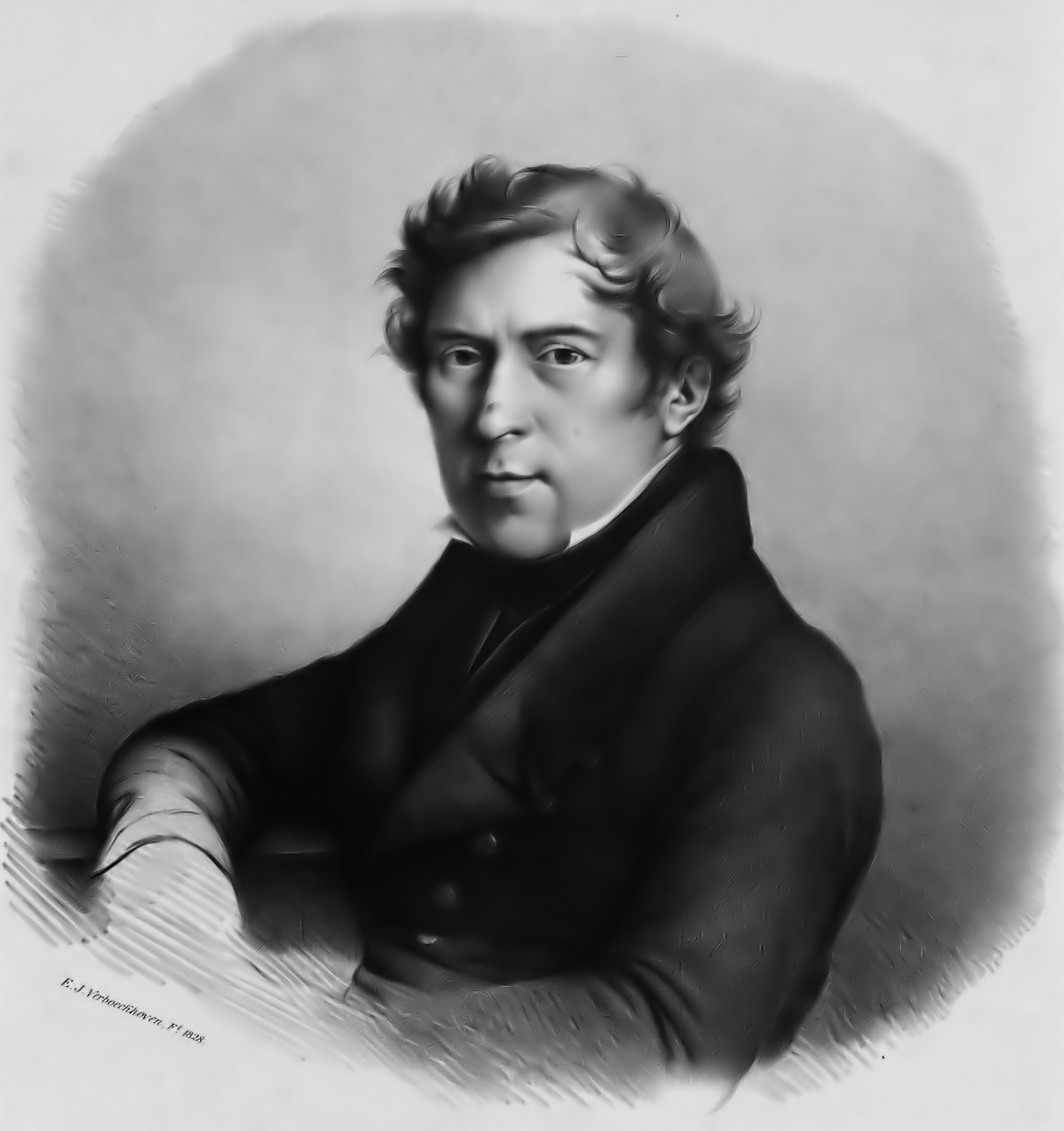
Andreas Schelfhout was a distinguished Dutch painter, etcher, and lithographer, celebrated for his exquisite landscape paintings. Born and based in The Hague, Schelfhout initially trained as a gilder and framemaker before apprenticing to a decorative painter between 1811 and 1814. This period marked the beginning of his journey into landscape painting, with his works being exhibited from 1815 onwards. Andreas Schelfhout's artistry is deeply rooted in the Romantic movement, with his Dutch winter scenes and frozen canals featuring skaters becoming particularly renowned during his lifetime. These works, showcasing a meticulous attention to detail and atmospheric quality, cemented his status as one of the most influential landscape artists of the 19th century.
A notable aspect of Andreas Schelfhout's career was his impact on other artists. He provided training to many painters who would later gain fame in their own right, such as Johan Jongkind, a forerunner of the Impressionists, and Charles Leickert. His advocacy for the use of watercolour in en plein air sketching significantly influenced his students and contemporaries, particularly enhancing the techniques of Jongkind, Jan Hendrik Weissenbruch, and Willem Roelofs.
Andreas Schelfhout's legacy is not only reflected in his influential teaching but also in the breadth of his creations. His works include not just winter scenes but also seascapes and landscapes depicting various aspects of Dutch scenery. His paintings often evoke a nostalgic longing for the past, a characteristic trait of the Romantic style, with elements like the ruins of castles or chapels adding a historical dimension to the landscapes.
Several of Andreas Schelfhout's masterpieces are displayed in prominent museums and galleries, evidencing his significant contribution to the art world. His works can be found in the Rijksmuseum in Amsterdam, the Museum Boymans-van Beuningen in Rotterdam, the Dordrechts Museum in Dordrecht, the Teylers Museum in Haarlem, and the National Gallery in London, among others.
Andreas Schelfhout was not just an artist; he was a pivotal figure in the Dutch Romantic landscape painting scene. His influence extended beyond his own works to shape the styles and techniques of future generations of artists. For collectors and experts in art and antiques, Schelfhout's works represent a significant era in art history, embodying the essence of Romanticism in Dutch landscape painting.
For those interested in staying informed about new product sales and auction events related to Andreas Schelfhout, signing up for updates is highly recommended. This subscription ensures that enthusiasts and collectors are always in the know regarding the latest developments and opportunities related to Schelfhout's artistry.
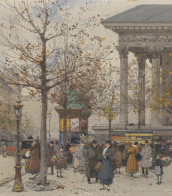
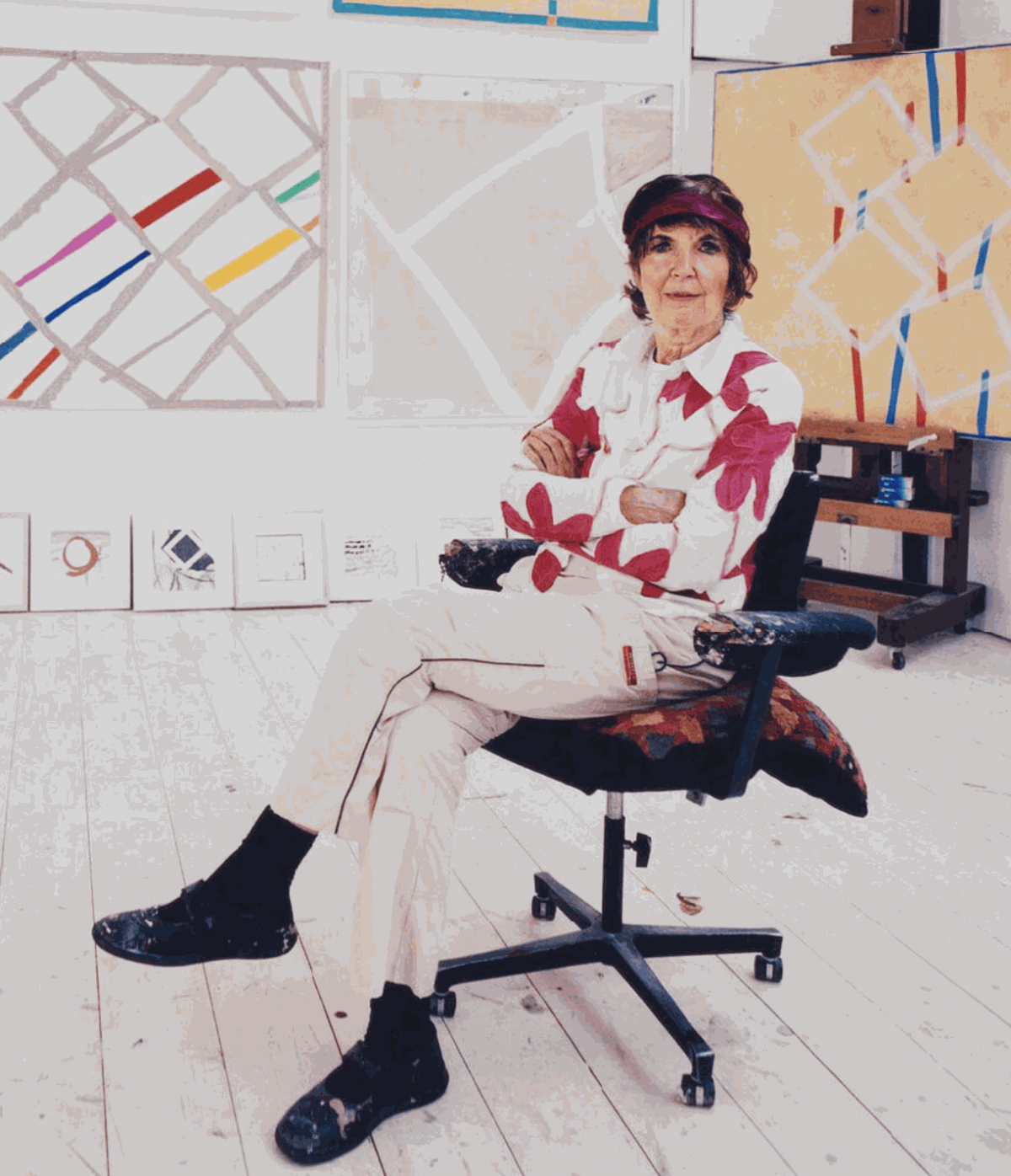
Sandra Betty Blow was an English abstract painter and one of the pioneers of the British abstract movement of the 1950s. Blow's works are characteristically large scale, colourful abstract collages made from discarded materials.
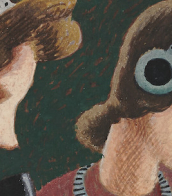

Sandra Betty Blow was an English abstract painter and one of the pioneers of the British abstract movement of the 1950s. Blow's works are characteristically large scale, colourful abstract collages made from discarded materials.
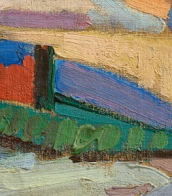
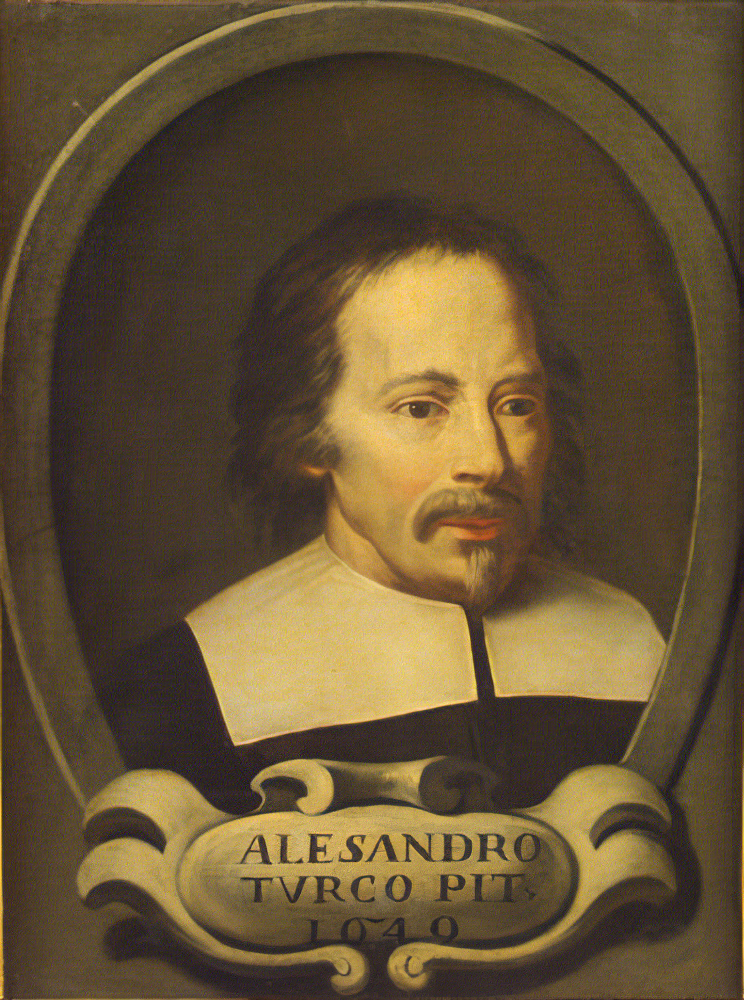
Alessandro Turchi was an Italian painter of the early Baroque, born and active mainly in Verona, and moving late in life to Rome. He also went by the name Alessandro Veronese or the nickname L'Orbetto. His style has been described as soft and Caravaggesque at the same time.
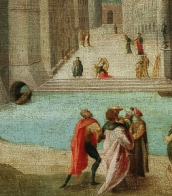

Alessandro Varotari, commonly known as Il Padovanino, was an influential Italian painter from the late-Mannerist and early-Baroque Venetian school. Born in Padua in 1588, Varotari's artistic journey was deeply influenced by his father, Dario Varotari the Elder, a local painter and architect. His works exhibit a profound influence of Titian, reflecting a faithful adherence to the style and spirit of the Renaissance master throughout his career.
Padovanino's move to Venice in 1614 marked a significant phase in his career, where his narrative ability and sensuality in painting were highly regarded. Notable for his talents as a copyist, Padovanino also earned recognition for his original works, which are characterized by their narrative depth and expressive sensuality. His pupils included renowned artists like Pietro Liberi and Giulio Carpioni, highlighting his role as a mentor in the Venetian art scene.
His paintings, such as "The Incredulity of St. Thomas" and "Virgin and Child," demonstrate his meticulous approach to composition and detail, making significant contributions to the art world that lasted well into the seventeenth century. Varotari's works can be found in various prestigious collections, including the Gallerie dell'Accademia in Venice and the Brera Gallery in Milan, underscoring his lasting legacy in the realm of Italian art.
For art collectors and enthusiasts seeking to delve deeper into the world of Italian Mannerist and Baroque painting, Alessandro Varotari's oeuvre offers a fascinating exploration of narrative, technique, and stylistic evolution. His commitment to capturing the essence of his subjects, coupled with his ability to blend tradition with innovation, ensures his place among the notable figures in art history.
For art collectors and experts interested in Alessandro Varotari's works, this is your opportunity to deepen your appreciation and understanding of his art. By signing up for updates, you'll receive exclusive information about new sales, auctions, and exhibitions related to Varotari's masterpieces. Don't miss the chance to enhance your collection with the works of this distinguished Italian painter. Sign up now and stay informed about the latest opportunities to acquire pieces of Varotari's legacy.
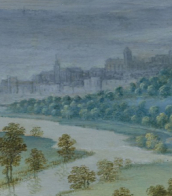
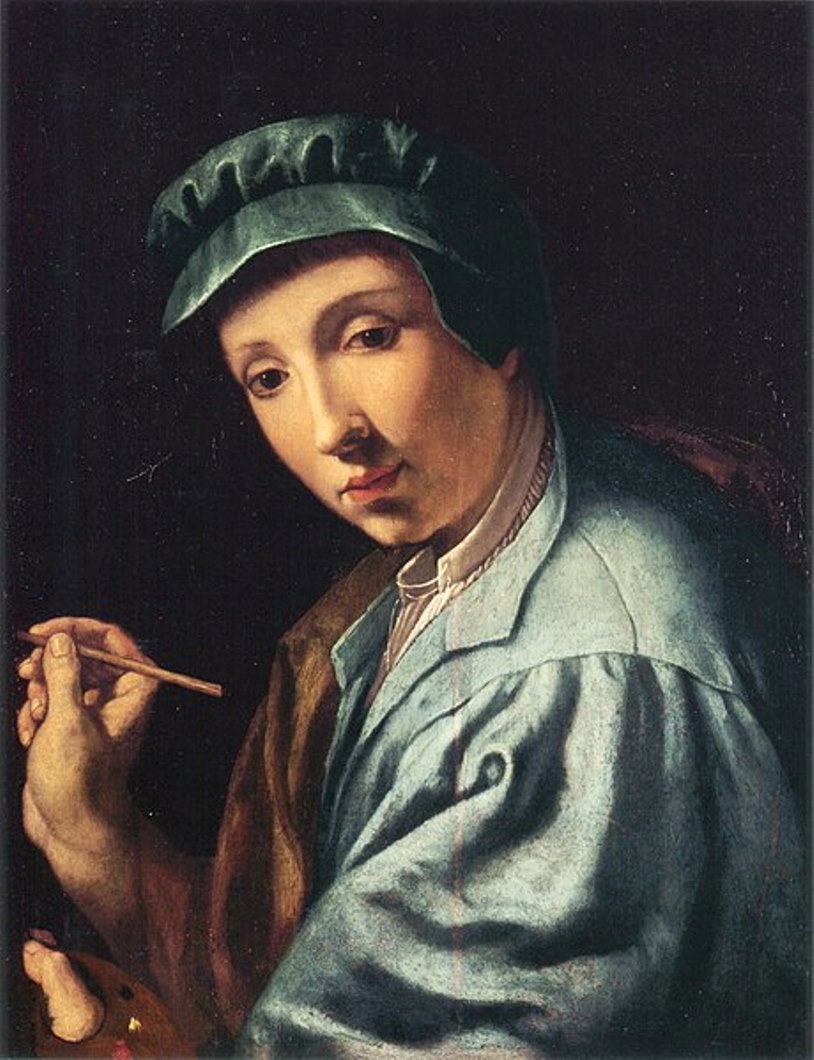
Alessandro Allori, full name Alessandro di Cristofano di Lorenzo del Bronzino Allori, was an Italian painter of the Florentine school of late Mannerism.
Allori was one of the major artists of Florence in the late 16th century. He painted prostrate images and portraits. His son Cristofano Allori (1577-1621) also became an artist.
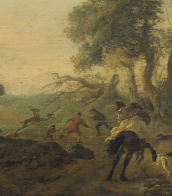

Alessandro Turchi was an Italian painter of the early Baroque, born and active mainly in Verona, and moving late in life to Rome. He also went by the name Alessandro Veronese or the nickname L'Orbetto. His style has been described as soft and Caravaggesque at the same time.
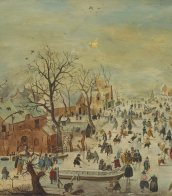
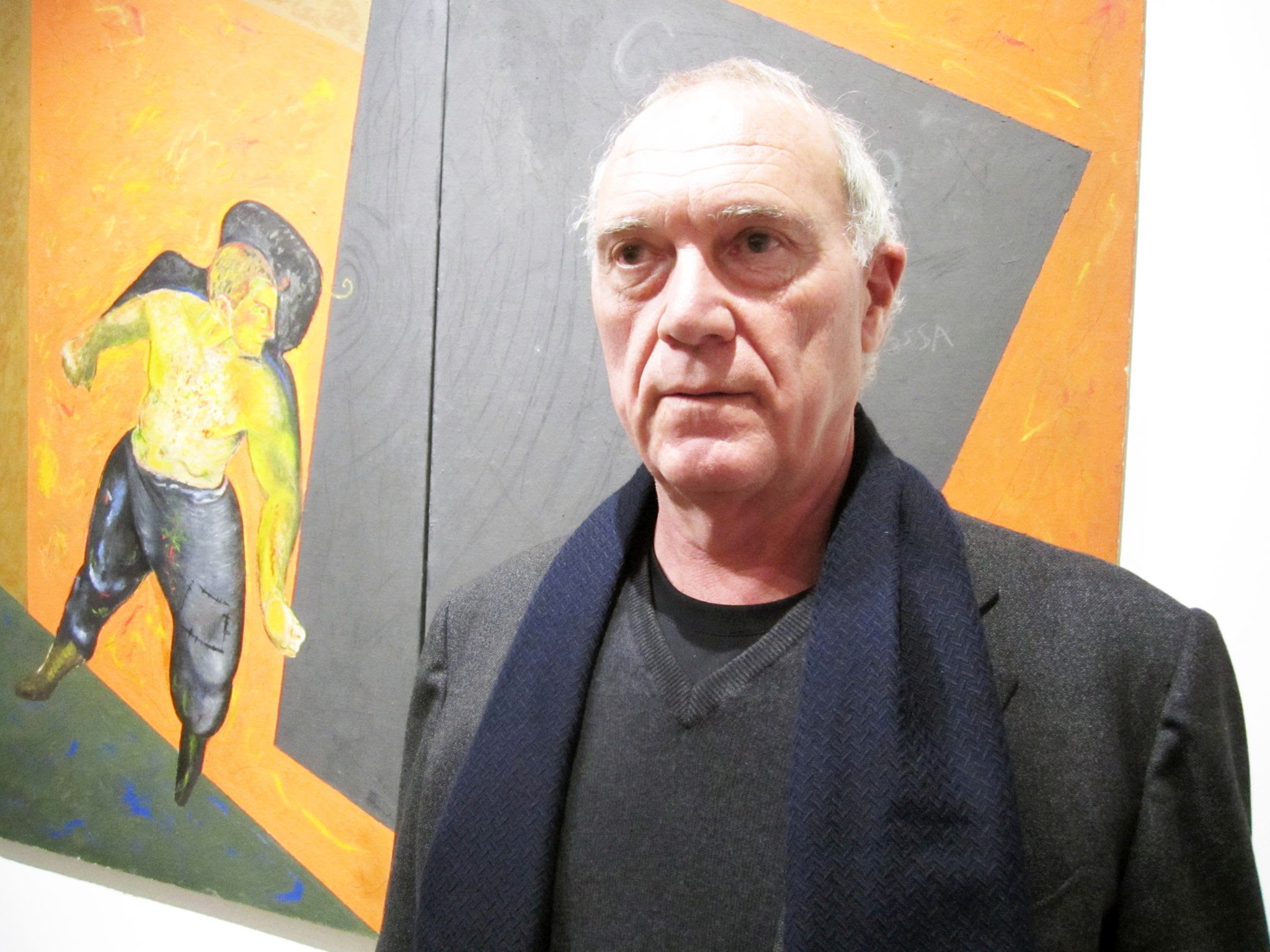
Sandro Chia is an Italian painter and sculptor. In the late 1970s and early 1980s he was, with Francesco Clemente, Enzo Cucchi, Nicola De Maria, and Mimmo Paladino, a principal member of the Italian Neo-Expressionist movement which was baptised Transavanguardia by Achille Bonito Oliva.
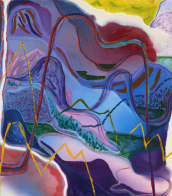

Sandro Chia is an Italian painter and sculptor. In the late 1970s and early 1980s he was, with Francesco Clemente, Enzo Cucchi, Nicola De Maria, and Mimmo Paladino, a principal member of the Italian Neo-Expressionist movement which was baptised Transavanguardia by Achille Bonito Oliva.
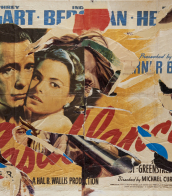
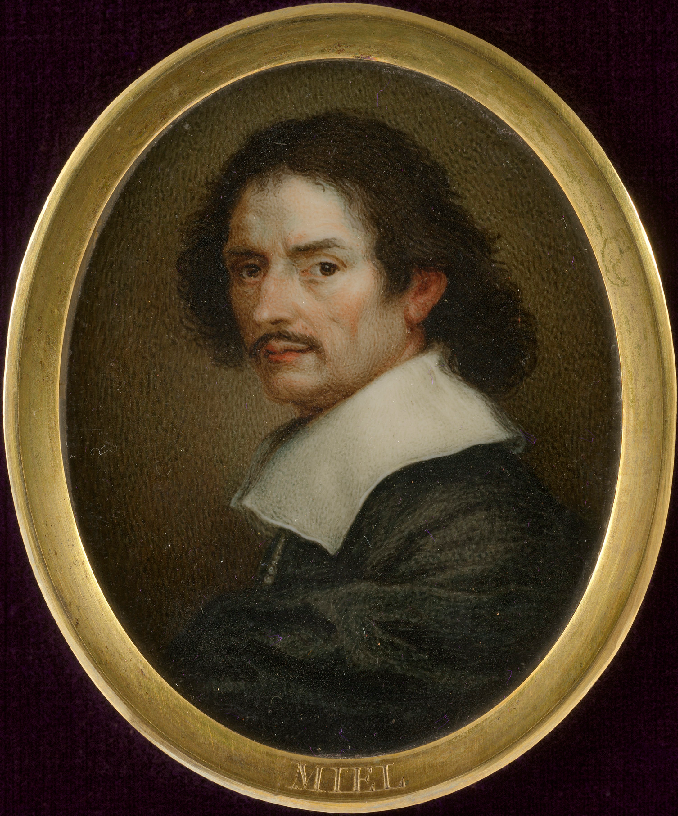
Jan Miel was a Flemish painter and printmaker who worked in Italy.
As a young man Miel worked in the Bamboschade genre: his paintings depict dancing villagers, gamblers and charlatans, barbers and shoemakers, traveling musicians and actors.
Miele diversified the genre painting of the time with carnival scenes. Miele also executed several frescoes in Roman churches, decorated the Quirinale Palace, and was court painter to the Duke of Savoy. Later he moved away from genre painting and painted historical subjects in the classical style.
Miele's works are kept in many museums in Europe and the United States, several of them in the Hermitage.
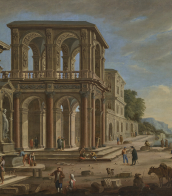

Sandro Botticelli, an Italian painter of the Early Renaissance, was renowned for his exquisite works that beautifully merged classical mythology with religious themes. Born Alessandro di Mariano di Vanni Filipepi in Florence around 1445, Botticelli became a pivotal figure in the Florentine art scene under the patronage of the Medici family. His education under Filippo Lippi honed his skills in painting, leading to a unique style that emphasized linear grace and ethereal beauty. Botticelli's art is celebrated for its elegance and for capturing the spirit of the Renaissance, a period marked by a rebirth of interest in classical antiquity and humanistic values.
Botticelli's oeuvre includes iconic mythological paintings like "The Birth of Venus" and "Primavera," both housed in the Uffizi Gallery in Florence. These masterpieces are distinguished by their allegorical complexity and the delicate portrayal of figures that seem to transcend the earthly realm, reflecting Botticelli's interest in blending myth with a narrative style that appeals to the viewer's sense of wonder and contemplation. His religious works, characterized by expressive emotion and devotional intensity, also earned him acclaim, particularly his contributions to the Sistine Chapel in Rome.
Despite his success, Botticelli's later years were marked by a shift in style influenced by the somber preachings of Savonarola, leading to a preference for more devotional themes. His reputation waned posthumously until the late 19th century, when a resurgence of interest in his work restored Botticelli to his rightful place as a master of the Renaissance. Today, Botticelli is regarded as an artist whose works encapsulate the innovative spirit of his time, bridging the Gothic tradition with the emerging Renaissance aesthetic. His legacy endures, inspiring art lovers and collectors who are drawn to the ethereal beauty and rich symbolism of his paintings.
For those captivated by the allure of Renaissance art, subscribing for updates on new discoveries, sales, and auction events related to Sandro Botticelli can enrich your appreciation and knowledge of this remarkable artist's contribution to the world of art and culture.

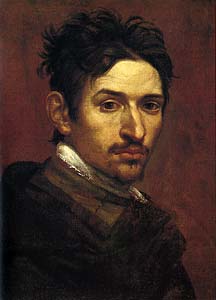
Alessandro Tiarini was an Italian Baroque painter of the Bolognese School. He was the godson of painter Lavinia Fontana and initially apprenticed in Bologna under her father Prospero Fontana, and subsequently with Bartolomeo Cesi. He was not inducted into the Carracci Academy. Forced to flee from Bologna, he moved to Florence, where he painted frescoes, façade decorations, and altarpieces. He painted a series of frescoes for the Brami Chapel in the sanctuary, as well as other works, for the Basilica della Ghiara in Reggio Emilia.
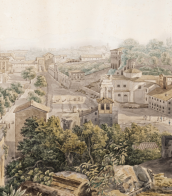

André-Aimé-René Masson was a French artist, celebrated for his profound influence on the world of modern art, particularly in painting and sculpture. Born in 1896, Masson's work is emblematic of the Surrealist movement, although his style evolved across different phases throughout his career. His ability to fuse dream-like imagery with abstract forms set him apart from his contemporaries, making him a pivotal figure in the development of Surrealism and beyond.
Masson's art is characterized by its dynamic forms and the integration of automatic drawing, where the unconscious mind is allowed to express itself without rational oversight. This technique not only foregrounded Surrealism's fascination with the subconscious but also highlighted Masson's unique ability to capture the complexity of human emotion and thought on canvas. His works, such as "The Metamorphosis of the Lovers" and "Battle of Fishes," are not just visual experiences but portals to the intricate layers of the psyche, showcasing his mastery over both form and content.
Notably, André-Aimé-René Masson's contributions extend beyond individual creativity; his works are housed in prestigious museums and galleries worldwide, including the Museum of Modern Art in New York and the Centre Georges Pompidou in Paris. These institutions recognize Masson's art not merely as aesthetic achievements but as cultural landmarks that continue to inspire and provoke. His legacy persists, offering rich insights into the intersections of art, psychology, and philosophy.
For collectors and experts in art and antiques, André-Aimé-René Masson's oeuvre represents a fascinating exploration of the Surrealist movement and its enduring impact on modern and contemporary art. His innovative approach to painting and sculpture invites ongoing discussion and appreciation among enthusiasts and scholars alike. We invite you to sign up for updates on new product sales and auction events related to André-Aimé-René Masson, ensuring you stay informed about opportunities to engage with the remarkable legacy of this pivotal artist. This subscription is your gateway to the forefront of art collection, focusing exclusively on Masson's influential body of work.

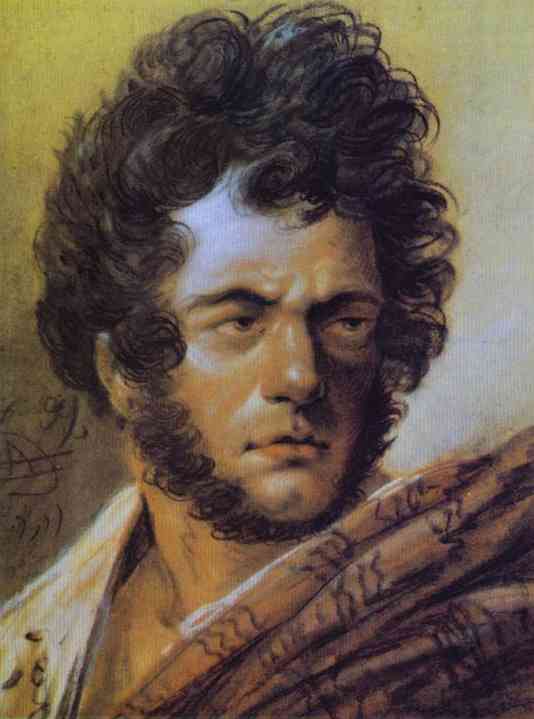
Aleksander Orłowski (Russian: Александр Осипович Орловский), a renowned Polish painter and sketch artist, was born on March 9, 1777, in Warsaw, within the Polish-Lithuanian Commonwealth. His journey into the arts began under challenging circumstances; he was the son of a tavern-keeper and his family was not wealthy. His early promise in art was nurtured by noble patron Izabela Czartoryska, who financed his initial education under the guidance of artist Jan Piotr Norblin.
Orłowski's artistic journey intersected with his military service during the Kościuszko Uprising, a major revolt against Imperial Russia and Prussia in 1794. This period of conflict significantly influenced his later works, which often depicted military scenes and the daily life of soldiers. After the partitions of Poland, Orłowski moved to Saint Petersburg in 1802, where he became a seminal figure in the development of lithography in the Russian Empire.
His oeuvre includes a wide array of subjects, from battle scenes to cultural depictions of everyday life in both Poland and Russia. Notable works such as "Battle Scene" and "Cossack Fighting Off A Tiger" showcase his skill in capturing dynamic movement and drama. His works are preserved in esteemed institutions such as The Russian Museum and The Tretyakov Gallery, highlighting their historical and artistic value.
Orłowski's impact extended beyond the canvas; he was also mentioned in literary works by notable authors like Adam Mickiewicz and Alexander Pushkin, which underscores his cultural significance in the 19th century.
For collectors and experts in art and antiques, Aleksander Orłowski's works represent a crucial segment of Eastern European art history. To stay informed about new discoveries or auction events related to his works, consider subscribing for updates. This subscription ensures you receive timely information tailored to your interests, directly relating to new sales and significant events around Orłowski's art.


Sandra Betty Blow was an English abstract painter and one of the pioneers of the British abstract movement of the 1950s. Blow's works are characteristically large scale, colourful abstract collages made from discarded materials.
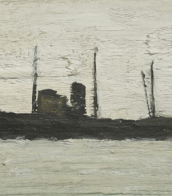

Alessandro Turchi was an Italian painter of the early Baroque, born and active mainly in Verona, and moving late in life to Rome. He also went by the name Alessandro Veronese or the nickname L'Orbetto. His style has been described as soft and Caravaggesque at the same time.
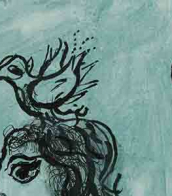

Sandro Chia is an Italian painter and sculptor. In the late 1970s and early 1980s he was, with Francesco Clemente, Enzo Cucchi, Nicola De Maria, and Mimmo Paladino, a principal member of the Italian Neo-Expressionist movement which was baptised Transavanguardia by Achille Bonito Oliva.
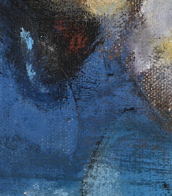
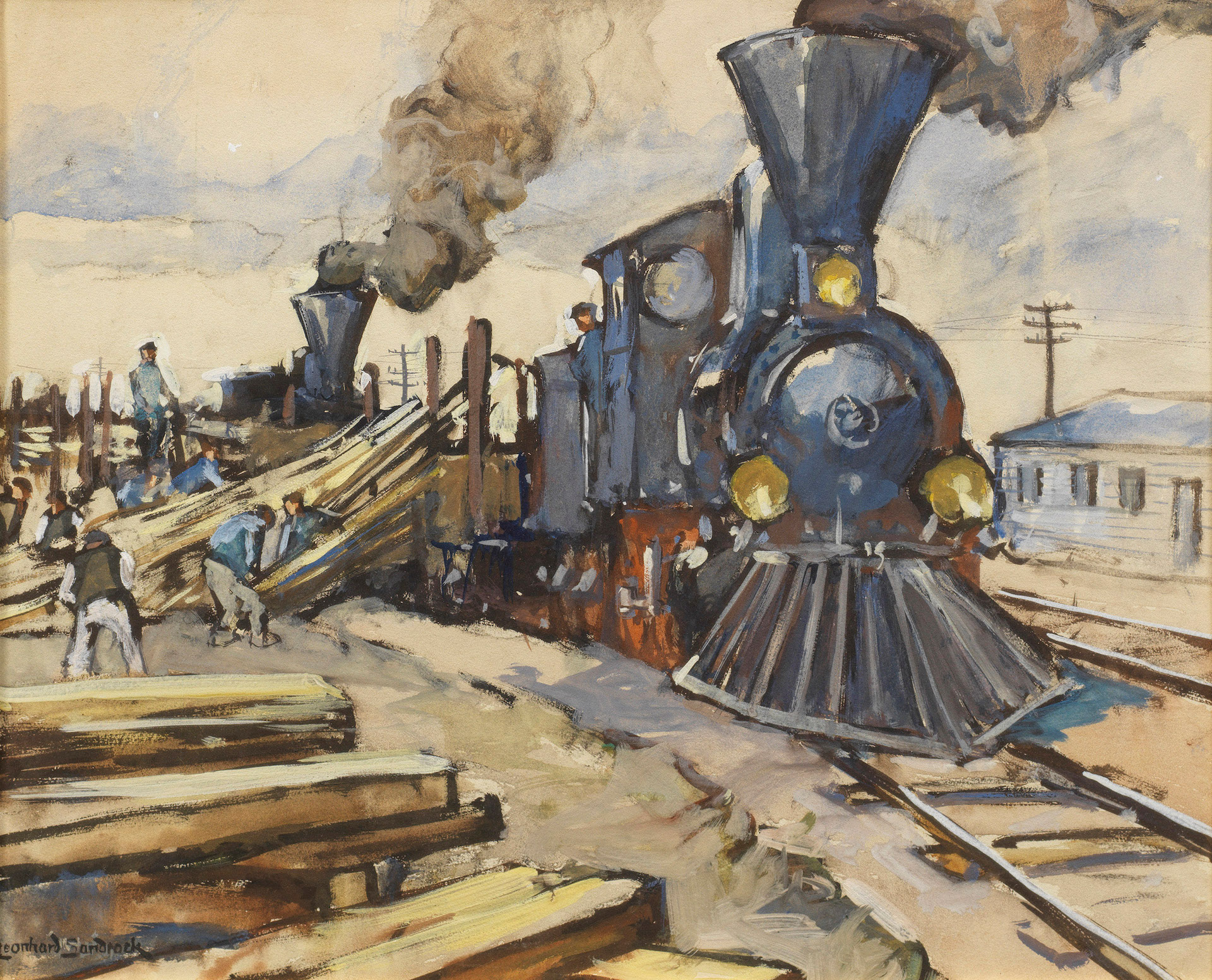
Leonhard Sandrock was a German painter and etcher.
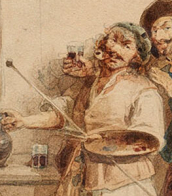

Leonhard Sandrock was a German painter and etcher.
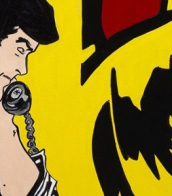

Leonhard Sandrock was a German painter and etcher.
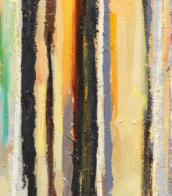

Leonhard Sandrock was a German painter and etcher.
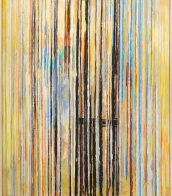


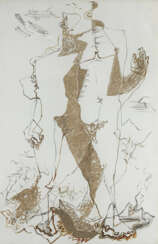

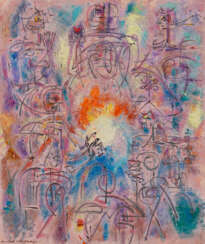

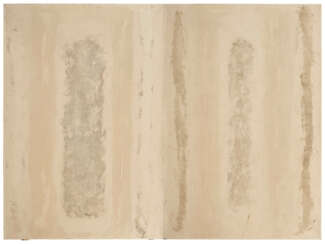

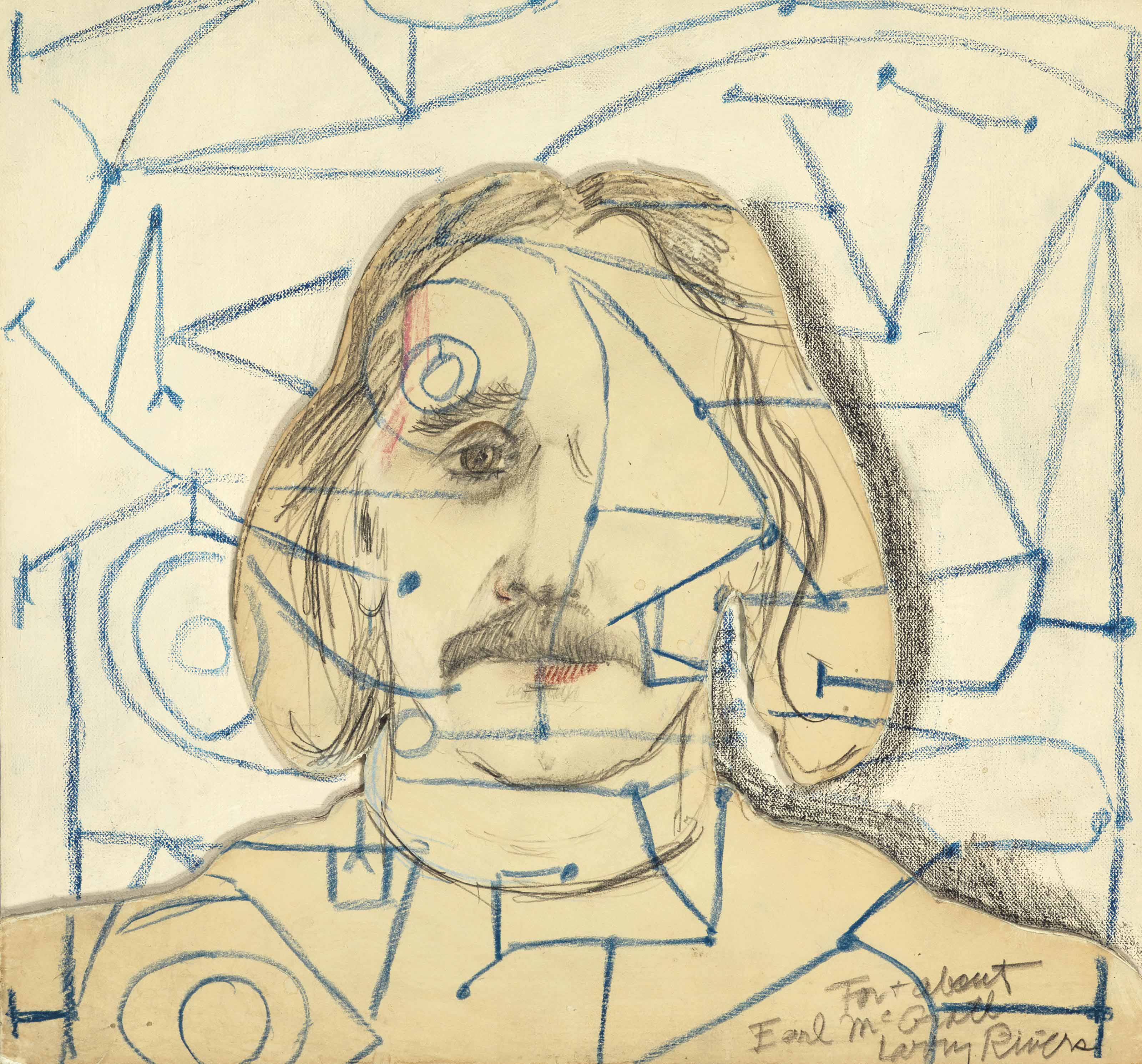



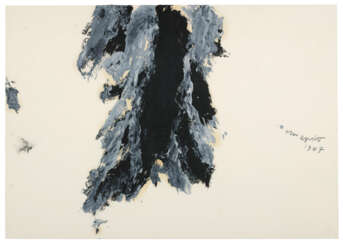

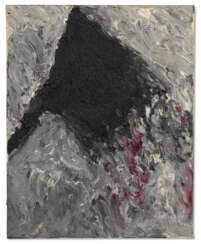

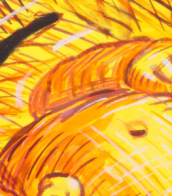


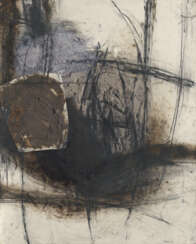



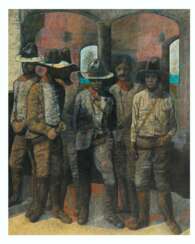

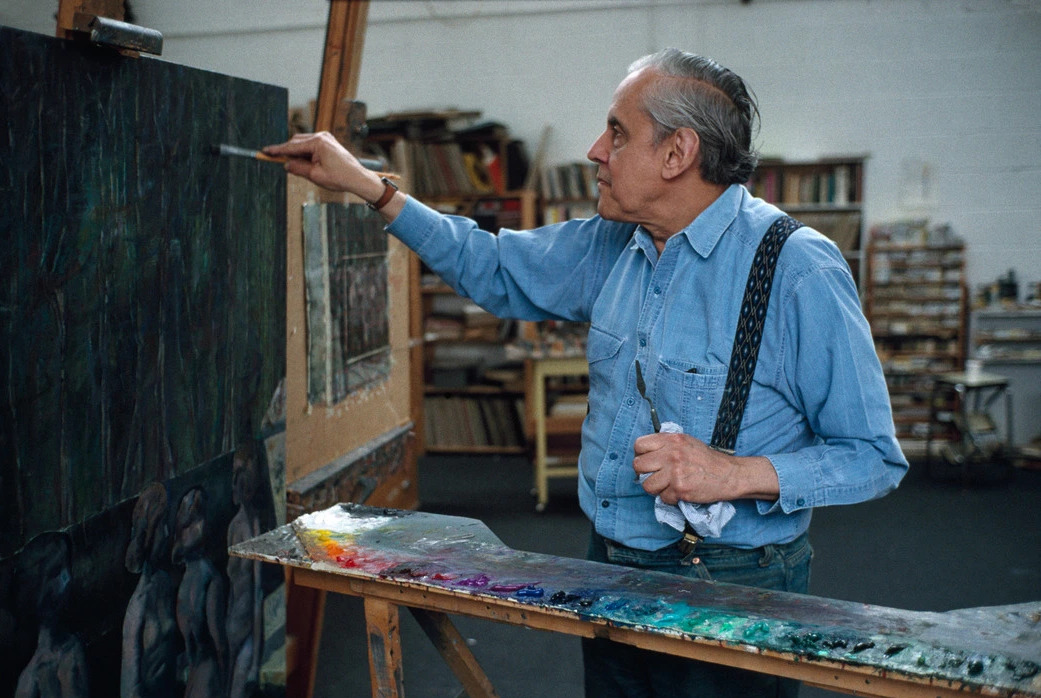
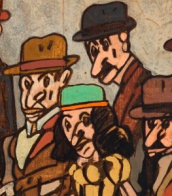
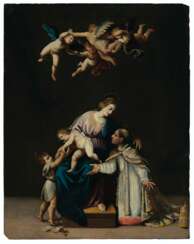

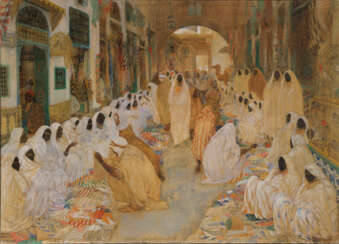

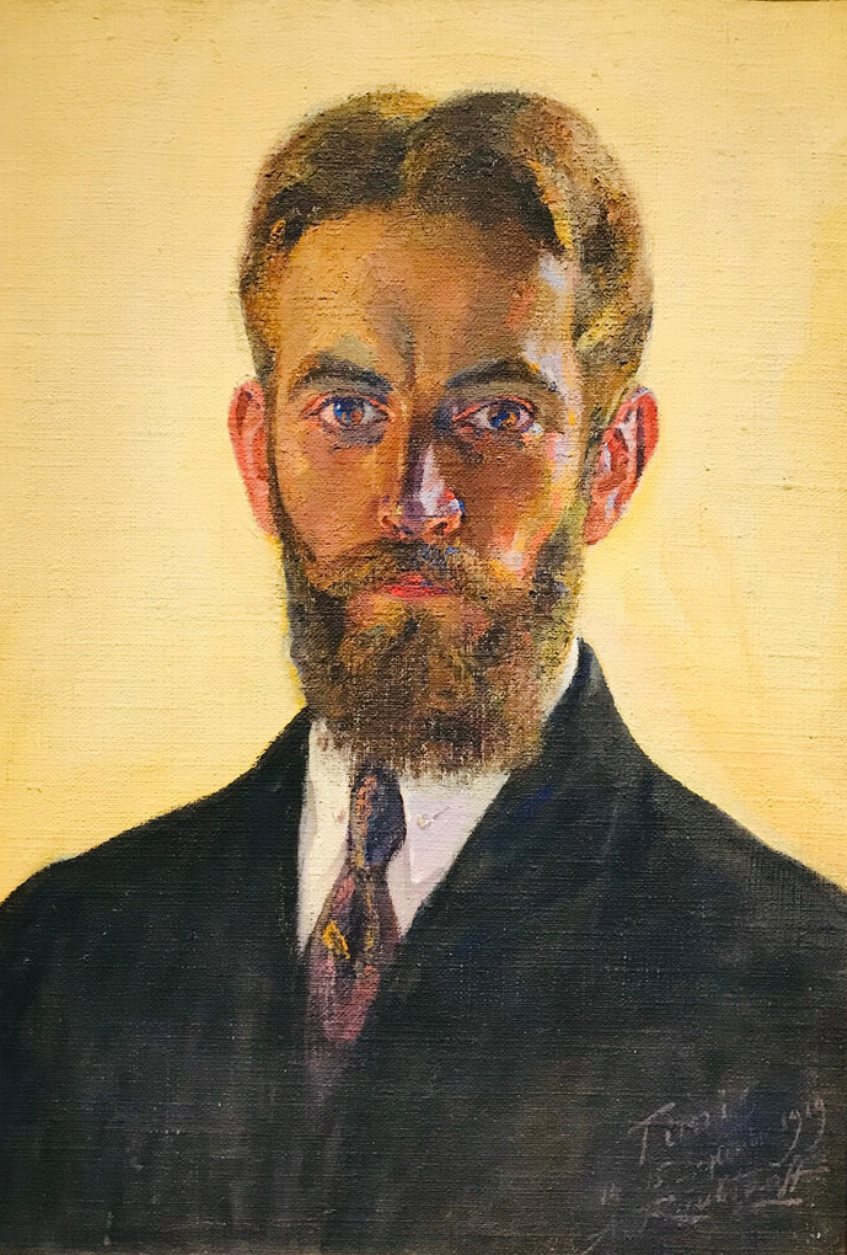
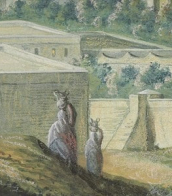


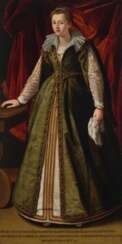

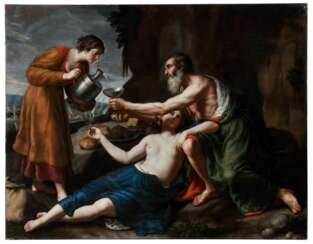



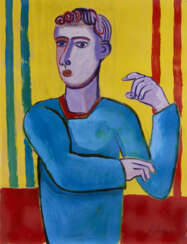

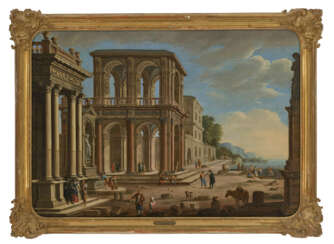

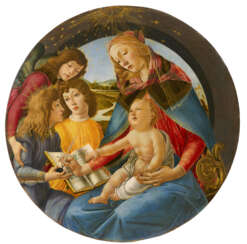

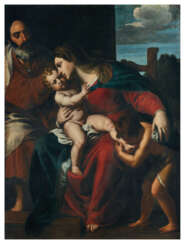



![ORLOWSKI, G. [Alexander] (1777-1832)](/assets/image/picture_2943059/6e680/593dbba81e04596991fc4b784cd3d69a1689199200jpg__fix_374_244.jpeg)
![ORLOWSKI, G. [Alexander] (1777-1832)](https://veryimportantlot.com/assets/image/picture_2943059/6e680/593dbba81e04596991fc4b784cd3d69a1689199200jpg__fix_374_244.jpeg)
